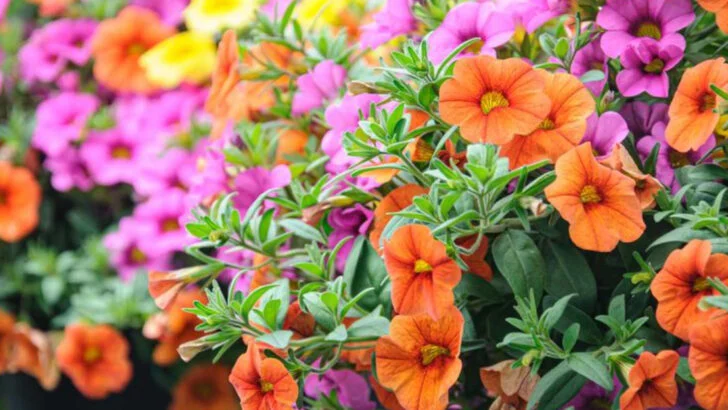By the time July rolls around, the garden’s rhythm starts to shift. Some plants are in full bloom, others are slowing down, and the heat is starting to show on anything that’s been neglected. It’s a month that quietly asks for attention, not just to keep things looking nice, but to make sure the rest of the season runs smoothly.
This is a great time to check in on what’s thriving, what’s struggling, and what still has time to grow. A little trimming here, a few strategic plantings there, and a watchful eye for pests or mildew can make a big difference. Here’s a practical checklist for what to plant, prune, and stay on top of in the garden this month.
Plant Summer Annuals

Summer annuals, such as marigolds and zinnias, bring vibrant colors to any garden. Mid-July is an ideal time to plant these resilient blooms that thrive in the summer heat.
Take a moment to prepare the soil by loosening it and adding compost for nutrients. These flowers not only add beauty but also attract pollinators like bees and butterflies, enhancing ecological balance.
Consider spacing them adequately to allow for air circulation, which helps prevent mildew. With a bit of care, your garden will be a riot of color all summer long.
Trim Overgrown Hedges
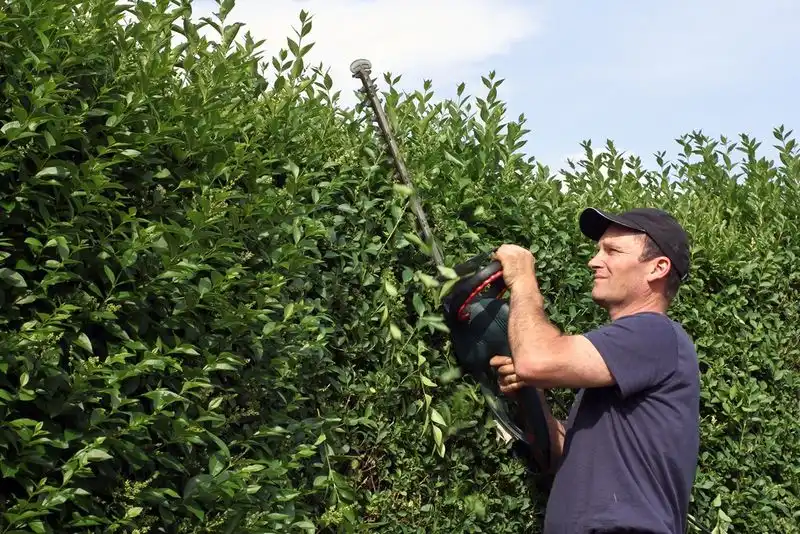
July is a prime month for trimming overgrown hedges, ensuring they maintain a neat appearance. Hedges can grow rapidly, and regular trimming promotes healthier growth and denser foliage.
Start by removing any diseased or dead branches. This not only improves aesthetics but also the hedge’s health. Consider the shape you desire and cut according to your garden’s style.
Trimming also allows more sunlight to reach the lower branches, encouraging even growth. Regular maintenance keeps your hedges not only beautiful but vital and robust.
Watch for Pests
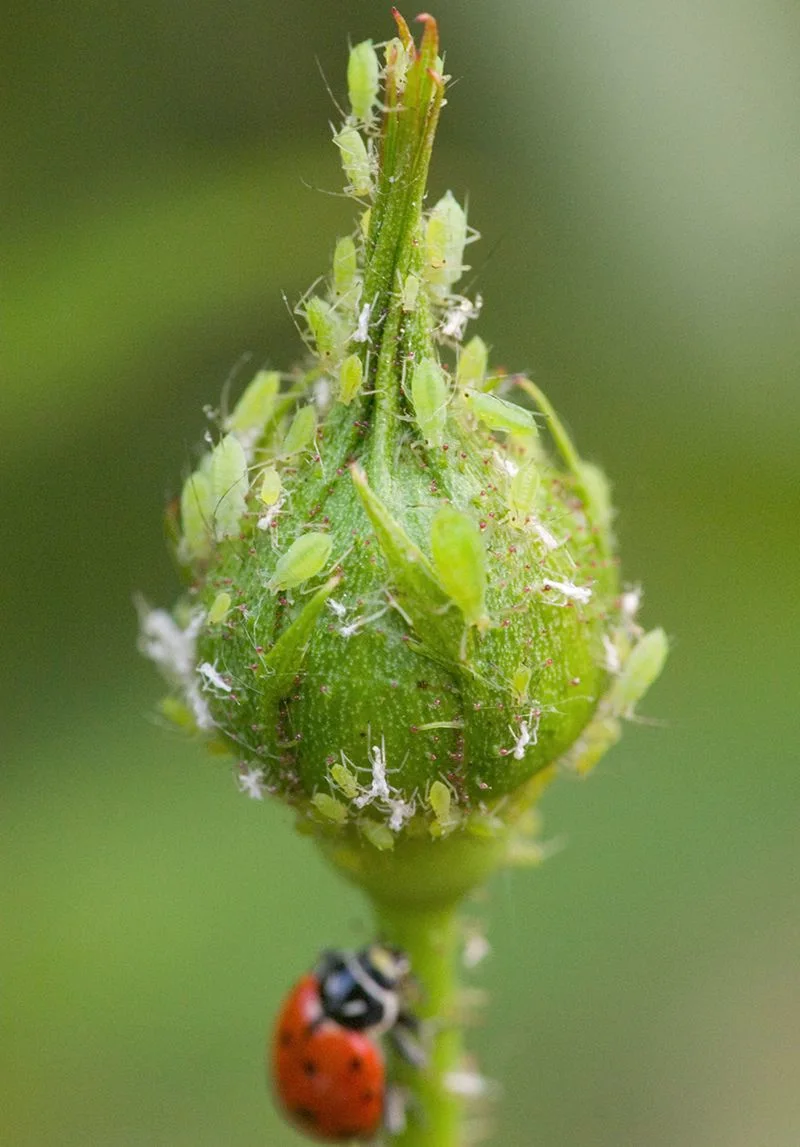
Keeping an eye out for pests during July is crucial for a thriving garden. Common invaders like aphids, spider mites, and caterpillars can wreak havoc if unchecked.
Inspect your plants regularly, especially the undersides of leaves where pests tend to hide. A gentle spray with water or insecticidal soap can tackle minor infestations effectively.
Introducing natural predators such as ladybugs can also help maintain a balanced ecosystem. Vigilance is key; a little attention can prevent a small problem from becoming a major issue.
Harvest Early Vegetables
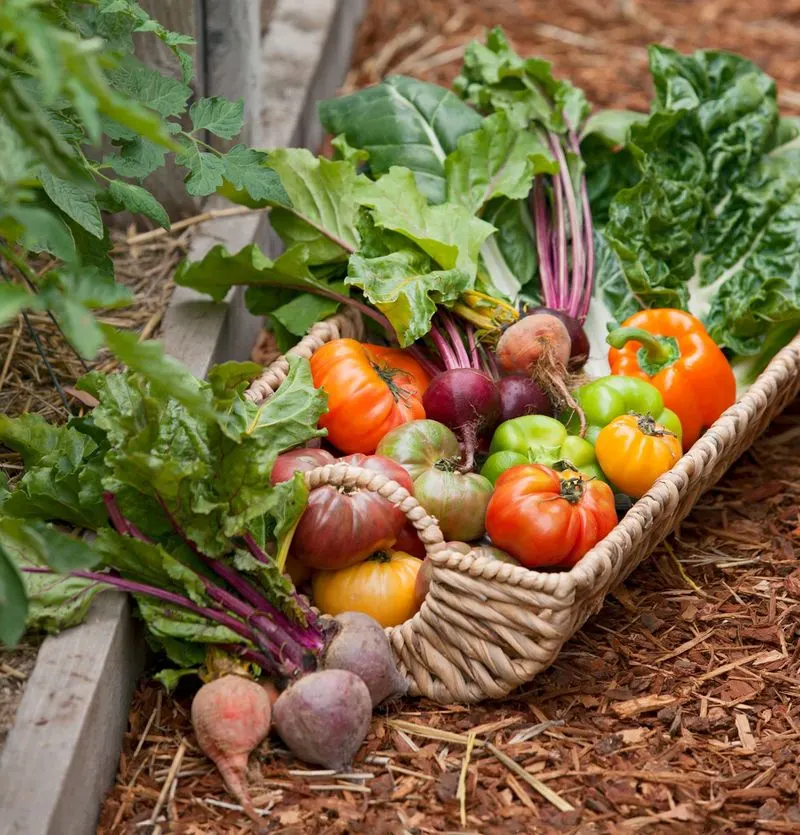
July offers a bounty of early summer vegetables ready for harvest. Lettuce, radishes, and peas are typically ripe this time of year, providing fresh produce for your table.
Harvesting these vegetables not only rewards your efforts but encourages further production. Be sure to pick them at their peak for the best flavor.
Consistent harvesting of ripe produce will also make room for continued growth and possibly a second round of planting. Your garden can remain productive and abundant throughout the growing season with proper care.
Prune Summer-Blooming Shrubs

Pruning summer-blooming shrubs is essential for maintaining their vitality and beauty. Hydrangeas, roses, and other shrubs benefit from regular pruning in July.
This task involves removing spent flowers and dead branches, which channels energy into new growth and flowering. It’s a chance to shape and manage their size for a more structured garden appearance.
Remember to use sharp tools to make clean cuts, reducing the risk of disease. Regular pruning not only enhances the shrubs’ beauty but also promotes healthier, more vigorous growth.
Mulch Garden Beds
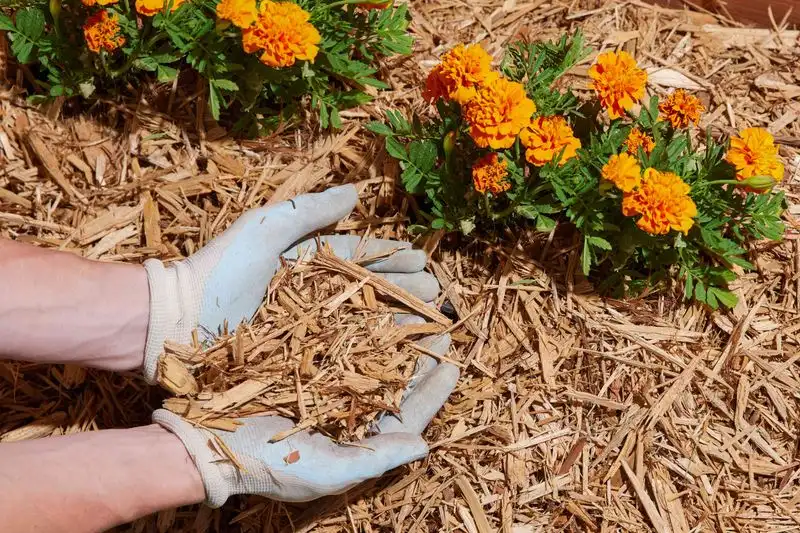
Adding mulch to garden beds in July is a strategic move to preserve moisture and regulate soil temperature. Mulch acts as a natural barrier, reducing water evaporation and suppressing weed growth.
Choose organic materials like straw, wood chips, or shredded leaves to enrich the soil as they decompose. This practice not only conserves water but also improves soil structure and fertility.
Applying mulch around plants helps maintain a stable root environment and encourages healthy growth. A well-mulched garden is a step closer to sustainability and efficiency.
Fertilize Lawns
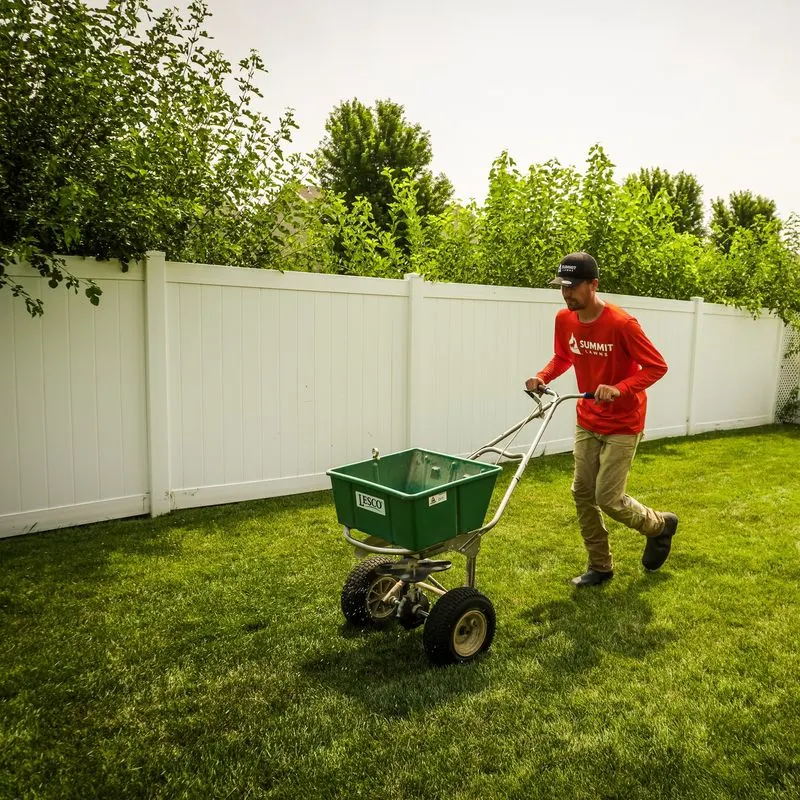
July is an excellent time to give your lawn a boost with fertilization. Lawns require nutrients to withstand the heat and stress of summer weather.
Opt for a balanced, slow-release fertilizer to nourish the grass over time. This approach ensures steady growth and supports root development.
Fertilizing in the morning or late afternoon when temperatures are cooler can prevent burning. Regular feeding keeps your lawn lush, green, and healthy, enhancing your outdoor space’s appeal and vitality.
Water Wisely

Efficient watering becomes crucial in July as temperatures rise. Adopting a wise watering strategy ensures plants remain hydrated without wasting resources.
Early morning or late evening watering reduces evaporation and maximizes absorption. Consider using drip irrigation or soaker hoses for targeted delivery, minimizing runoff.
It’s essential to monitor soil moisture and adjust watering schedules based on weather conditions. With thoughtful watering practices, your garden will thrive while you conserve water, an invaluable resource in the summer months.
Protect from Heat
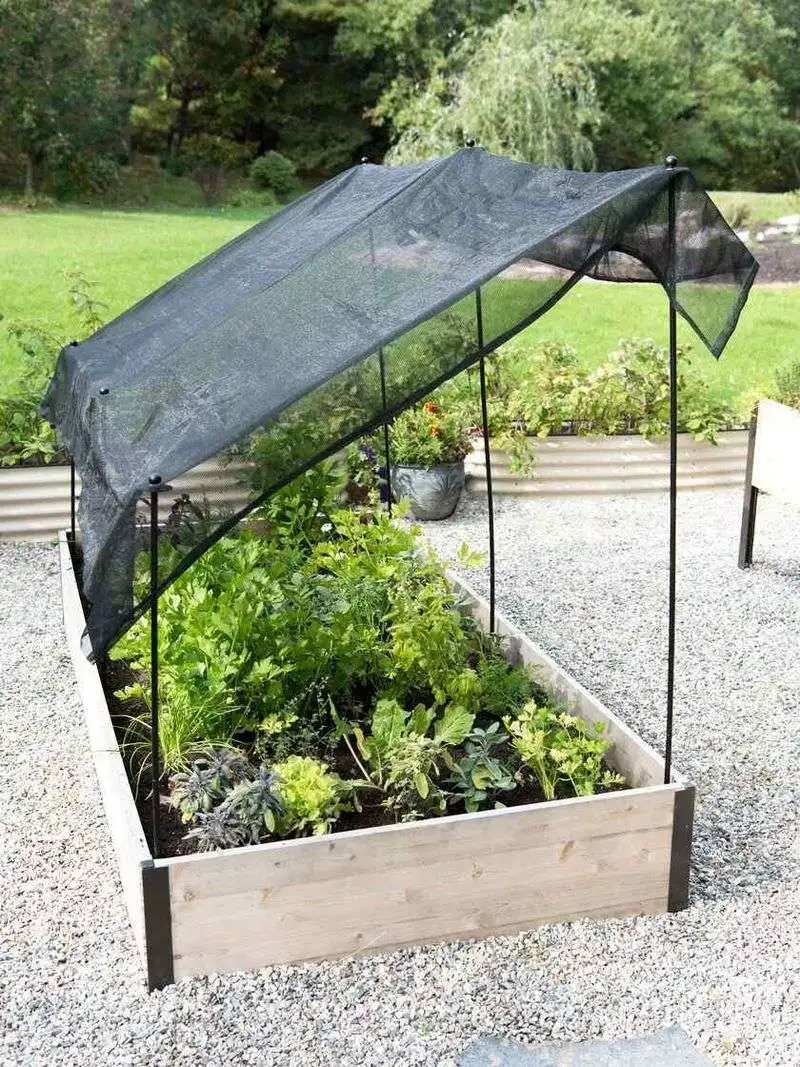
As July brings intense sunlight, protecting plants from heat stress becomes vital. Sensitive plants can suffer under the scorching sun, affecting their growth and productivity.
Shade cloths or temporary structures can provide relief, reducing direct exposure to sunlight. This protection helps maintain cooler temperatures and moisture levels.
Ensuring adequate hydration and mulching also supports plant resilience. By taking proactive measures, you create a comfortable environment for your garden to flourish despite challenging weather conditions.
Plan for Fall

July is the perfect time to start planning for the fall garden. With the summer garden in full swing, it’s an ideal moment to reflect and prepare for the next stage.
Consider what worked well this year and what you’d like to try differently. Making notes of these observations can guide your future planting decisions.
Order seeds, think about soil improvements, and plan your layout. By organizing now, you’ll ensure a seamless transition to fall, keeping your garden productive and enjoyable year-round.

